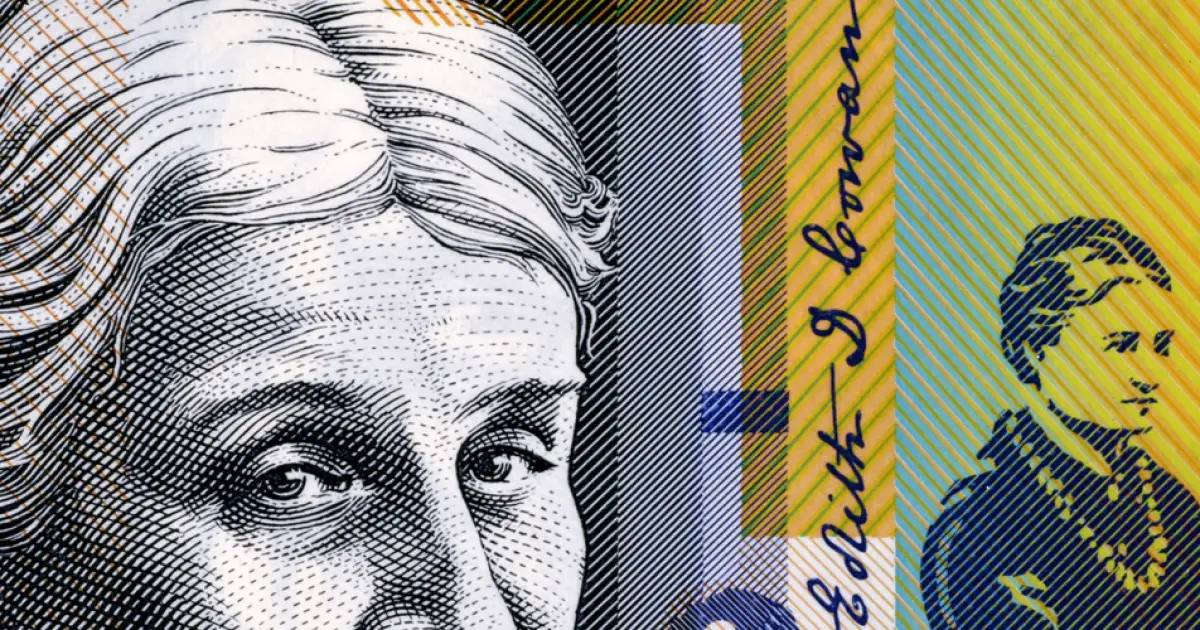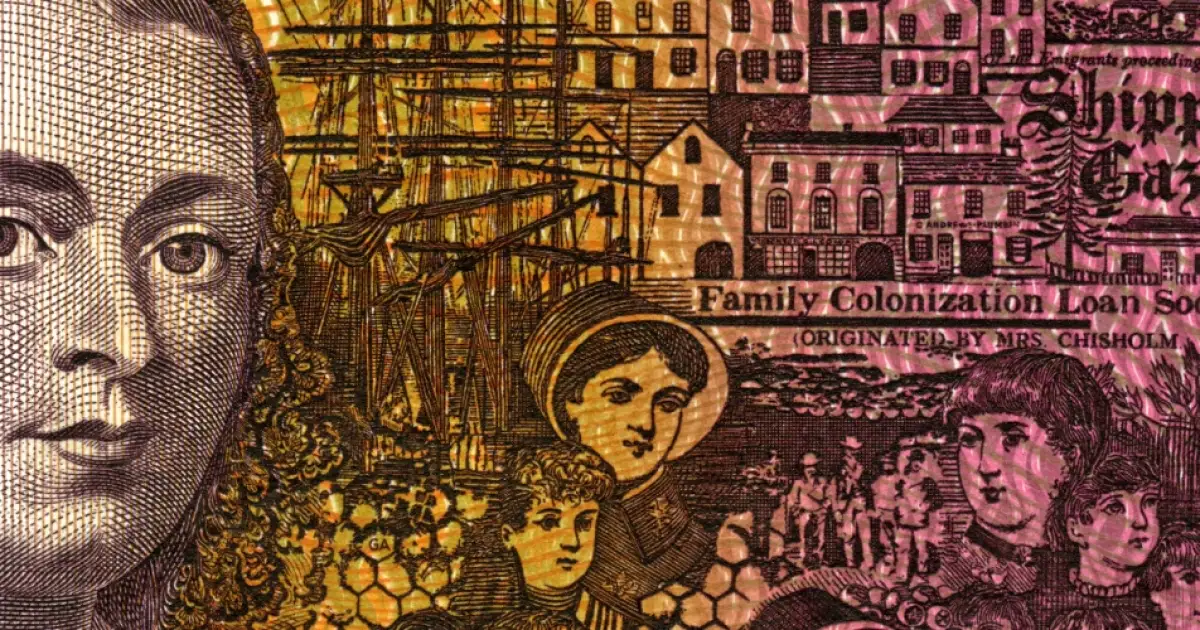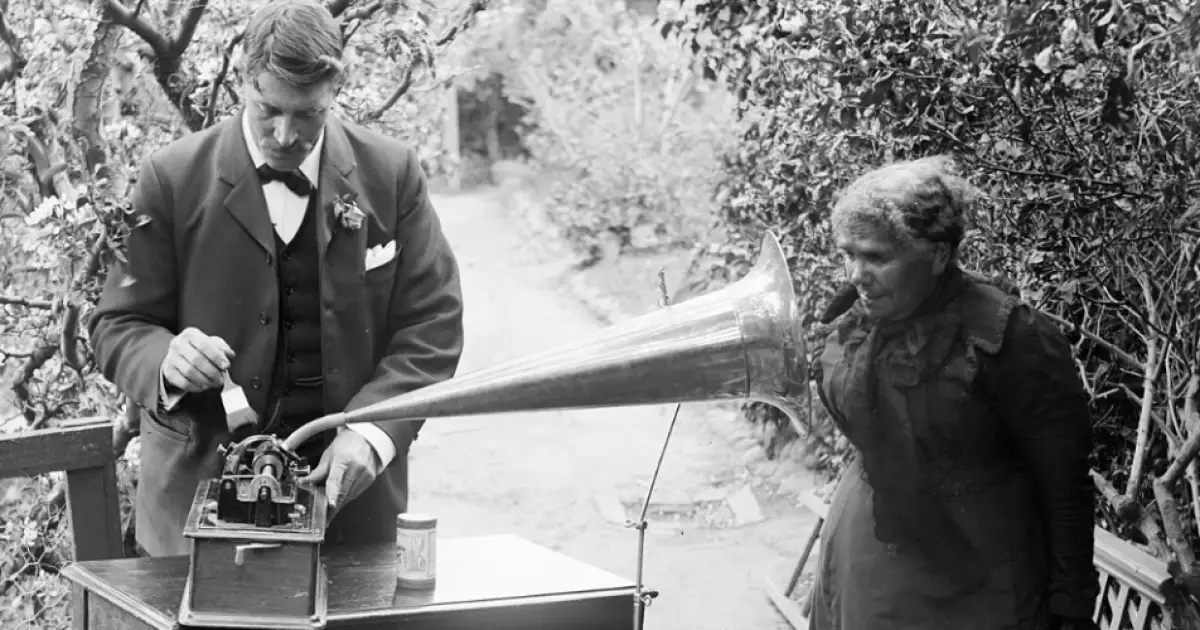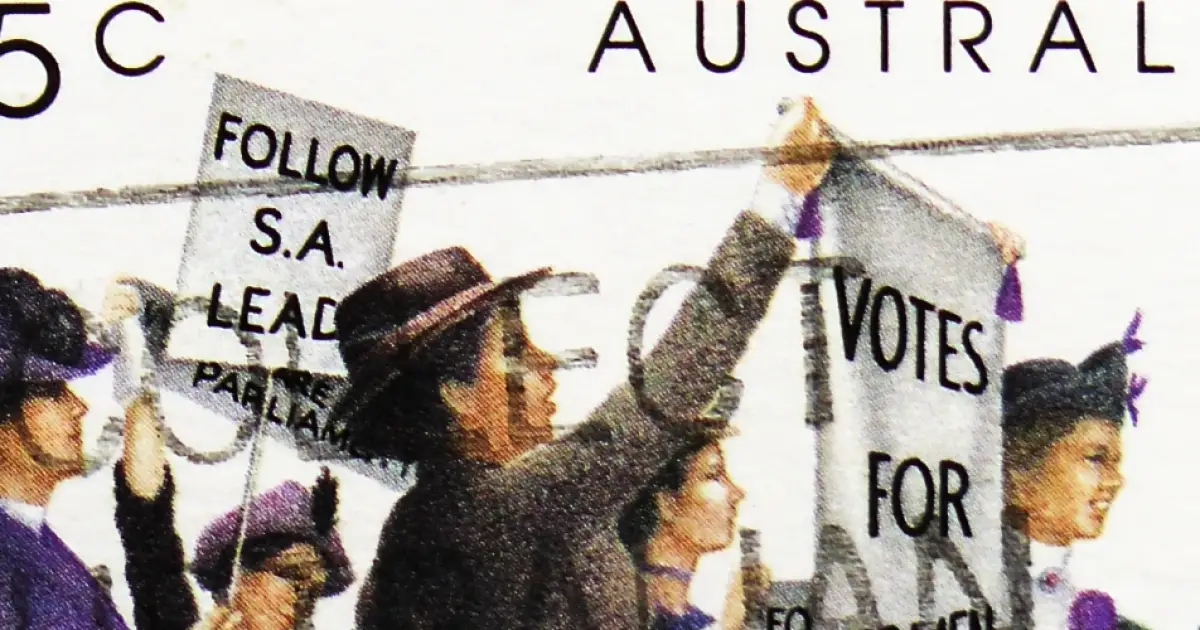1894: South Australia Grants Women the Right to Vote
South Australia became the first Australian colony, and the fourth place in the world, to allow women to vote in parliamentary elections.
1902: The Commonwealth Franchise Act
Australia earned its place on the world stage as a trailblazer in women’s suffrage. Shortly after Federation, the government took a bold step forward by passing legislation that allowed women not only to vote but also to run for office in the 1903 federal election. This made Australia the first country in the world to grant women the right to stand for parliament, a remarkable achievement and a point of pride that highlights the nation's progressive spirit. However, this right did not extend to Indigenous Australians at the time.
1914-1918: World War I
When World War I erupted, Australian women were ready to step up and do their bit. But despite their eagerness, many found their efforts to take on traditional male roles met with resistance. This didn’t deter them. Instead, they channelled their energy into areas where their contributions would shine. Much of the work remained confined to industries they were already familiar with, clothing production, food preparation, and printing. These roles became even more vital as they supported the war effort from the home front. They threw themselves into the heart of volunteerism, rallying behind organisations like the Red Cross. Through tireless effort, they knitted socks, packed care parcels, rolled bandages, and raised funds, ensuring the men at the front knew they were supported every step of the way.
1922: The Country Women's Association (CWA)
The Australian Country Women’s Association (CWA) began with its first branches offering women in rural areas the opportunity to come together, raise funds for important causes, strengthen their communities, and enjoy some much-needed social connection. Today, the CWA proudly boasts a membership extending beyond country towns to welcome members from cities, creating a truly inclusive and wide-reaching community.
1933: The Women's Weekly
The Australian Women's Weekly, often regarded as the cherished go-to magazine for Australian women, was established by Frank Packer. Known for its much-loved cookbooks, the magazine has also earned a permanent place in Australian kitchens. A significant milestone in its history came in 1975 when the esteemed Ita Buttrose took the helm as editor, solidifying its role as a cultural institution.
1942: World War II
To address the labour shortage in agriculture, the Australian Women’s Land Army was established, recruiting women to work on farms where manpower was no longer available. The Australian Women’s Army Service (AWAS) also played a crucial role, enlisting thousands of women to take on military responsibilities such as operating radios, handling anti-aircraft machinery, driving, and other essential clerical duties. Additionally, thousands of Australian nurses served abroad, contributing significantly to the war effort. Many demonstrated immense bravery under challenging conditions, with some becoming prisoners of war, while 71 tragically lost their lives in service.
1961: The Pill
The introduction of the contraceptive pill marked a revolutionary moment for Australia and the world. Initially restricted to married women, access to the pill was further limited by some Catholic doctors who refused to prescribe it. Naturally, the change did not come without controversy. Questions of morality were hotly debated, with fears arising about unchecked promiscuity and societal decay. Yet these fears proved unfounded, as the pill's introduction became a defining step forward in gender equality.
1962: Voting Rights Extended to Indigenous Australians
Indigenous Australians gained the right to vote in federal elections, yet many states maintained restrictions until later reforms were made.
1965: Women in Pubs
For years, many Australian pubs limited women to ladies lounges, with some venues only permitting entry if they were accompanied by a man. Determined to change this, women's rights advocates and the feminist movement rallied together, leaving the lounges behind and boldly entering public bars across the country to demand equal access for all.
1972: Equal Pay for Work of Equal Value
Australian women have faced persistent challenges in achieving equal pay for equal work. Historically, entrenched social attitudes and structural barriers meant women were paid significantly less than their male counterparts, even when performing the same roles. The fight for pay equity gained momentum in 1969 with the pivotal Equal Pay Case, which ruled that women performing identical jobs to men should receive the same wages. This was followed by the 1972 Equal Pay for Work of Equal Value case, expanding the principle to include roles traditionally performed by women. The pursuit of true pay equity remains a crucial part of Australia’s commitment to creating fair and inclusive workplaces for all.
1975: The Sex Discrimination Act
A critical turning point in gender equality, this legislation outlawed discrimination based on sex, marital status, or pregnancy across various sectors including employment and education.
1984: Equal Employment Opportunity Measures
The government introduced policies aimed at closing wage disparities and tackling workplace discrimination to promote equal opportunities for women.
1994: The Workplace Relations Act
This act included provisions for equal pay and flexible work arrangements, further advancing women’s rights in professional settings.
2010: Julia Gillard became Australia's first female Prime Minister
This followed a seamless leadership transition from Kevin Rudd. Later that year, she successfully secured her position by forming a minority government after the federal election.
2010: The National Plan to Reduce Violence Against Women & Their Children
A comprehensive plan was developed to address domestic violence and sexual assault, recognising the vulnerabilities women face in Australia.
2020: Gender Equality Strategy
The government launched a national strategy focusing on eliminating systemic inequalities and fostering better opportunities for women across various sectors.
Ongoing Challenges
Despite the significant progress made, challenges remain, particularly for Indigenous women and those facing intersectional discrimination. Continued advocacy and reform are essential to achieving true gender equality.
The timeline of women’s rights in Australia showcases rich progress interwoven with resilience. The achievements so far pave the way for a more equitable future.






